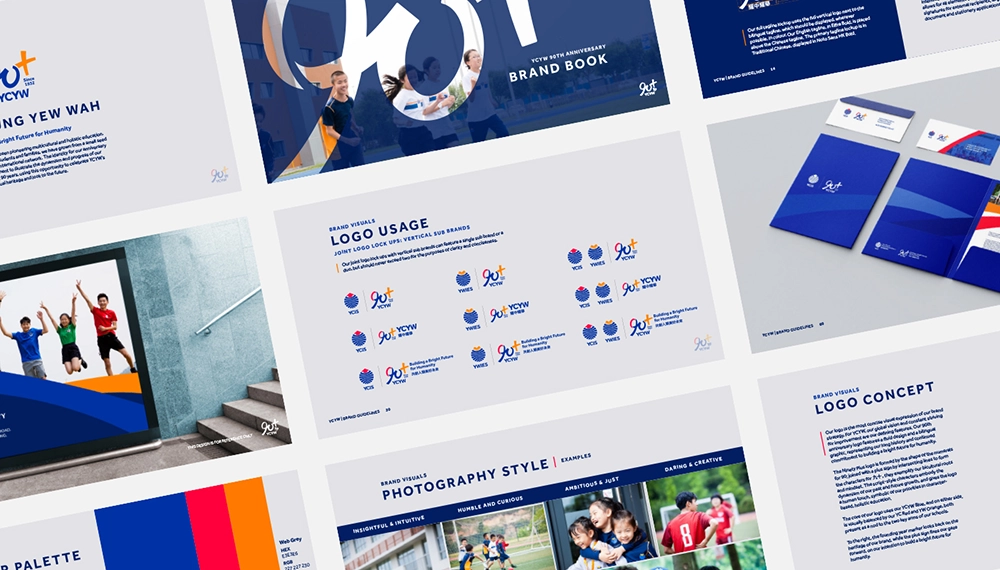Building a website is more than just throwing up some pretty pictures and hoping for the best. It’s about creating a digital experience that perfectly encapsulates your brand strategy. Think of your website as the online storefront for your business – it needs to make a strong first impression and consistently communicate your brand values. So, how do you ensure your website reflects your brand strategy? Let’s dive in.
1. Understand Your Brand Inside and Out:
Before even thinking about design or code, you need a rock-solid understanding of your brand. This includes:
- Mission and Vision: What are you trying to achieve? What are your core values?
- Target Audience: Who are you trying to reach? What are their needs and pain points?
- Brand Personality: Are you playful and quirky, or professional and corporate?
- Unique Selling Proposition (USP): What makes you different from the competition?
2. Translate Your Brand into Visual Elements:
Your website’s design should visually communicate your brand. This includes:
- Logo and Color Palette: Use your brand colors consistently throughout the site.
- Typography: Choose fonts that reflect your brand personality (e.g., elegant serif fonts for a classic brand, modern sans-serif fonts for a tech-focused brand).
- Imagery and Photography: Select images that resonate with your target audience and align with your brand aesthetic. Are you using professional stock photos, or do you have a unique style of photography that defines your brand?
- Layout and Navigation: A clean and intuitive layout is crucial. Make sure users can easily find what they’re looking for. Consider the user experience (UX) and how it reflects your brand’s commitment to its customers.
3. Craft Compelling Content that Speaks Your Brand:
Your website content is your opportunity to connect with your audience and tell your brand story.
- Website Copy: Use language that reflects your brand voice and resonates with your target audience. Keep the tone consistent.
- Blog Posts and Articles: Share valuable content that showcases your expertise and aligns with your brand values.
- Case Studies and Testimonials: Build trust and credibility by showcasing your successes.
- Videos and Multimedia: Engage your audience with rich content that brings your brand to life.
4. Consistency is Key:
From the logo in the header to the call to action at the bottom of the page, every element of your website should be consistent with your brand guidelines. This includes:
- Messaging: Ensure your brand message is clear and consistent across all pages.
- Visual Style: Maintain a consistent visual style throughout the site.
- User Experience: Provide a consistent and seamless user experience across all devices.
5. Get Feedback and Iterate:
Once your website is live, don’t just set it and forget it. Gather feedback from users and make adjustments as needed. A/B testing different elements can help you optimize your site for conversions and ensure it continues to effectively reflect your brand strategy.
Building a website that truly reflects your brand strategy is an ongoing process. By focusing on these key elements, you can create a powerful online presence that connects with your target audience and helps you achieve your business goals.
Share this:
- Click to share on Facebook (Opens in new window) Facebook
- Click to share on X (Opens in new window) X
- Click to share on LinkedIn (Opens in new window) LinkedIn
- Click to share on Reddit (Opens in new window) Reddit
- Click to share on Pinterest (Opens in new window) Pinterest
- Click to share on Pocket (Opens in new window) Pocket
- Click to share on WhatsApp (Opens in new window) WhatsApp
- Click to email a link to a friend (Opens in new window) Email



